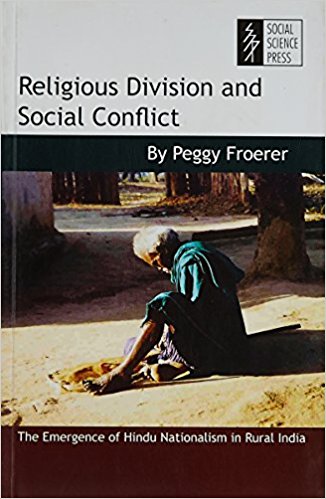This remarkable work is an intellectual attempt to analyse the experience of socially, culturally, economically and politically dominated and marginalized dalit and tribal Christians. Dalits and tribal Christians constitute approximately 70% of the Indian Christian population. Christianity is an egalitarian religion, but the caste system has found its way into it in India. Dalit Christians within the church were discriminated against and were denied powers within the religious structure. From 1970s onwards, the dalits began to articulate their social, political and cultural expressions in the form of dalit literature, organizations, and political parties assert their urge for a respectable identity. Dalit theology is one of the expressions of this emerging dalit consciousness. In Arvind P. Nirmals opinion, Christian Dalit theology will be produced by Dalits. It will be based on their own Dalit experiences, their own sufferings, their own aspirations and their own hope.
Religious Division and Social Conflict represents essays on the ethnographic study of the trajectory of Hindu nationalism in rural India in the context of the Mohanpur village of Chhatisgarh state. The book is primarily concerned with the intergroup (defined in terms of religious identity) as well as intragroup (as both the Ratiya Kanwars and the Oraons are categorized as the scheduled tribes/adivasis by the Indian state) relationship between the Ratiya Kanwars and the Oraons. The main focus of the book is an exploration of different strategies employed by the Rashtriya Swayamsevak Sangh (RSS) to garner the support of the local adivasi community. Their activities started with regular visits to Mohanpur village every few months. Documenting the events that occurred during 19971999, the book revolves around two specific objectives: identification of local conditions and cleavages contributed to the spread of Hindu nationalism in the tribal community, and to explore how the nationalist ideology is tailored by individual activists to correspond with local concerns (p. 3).

